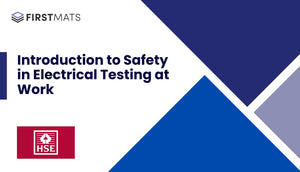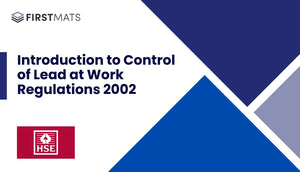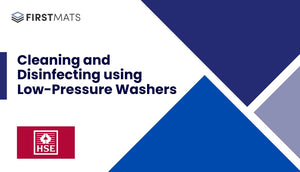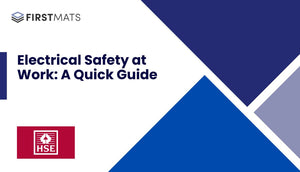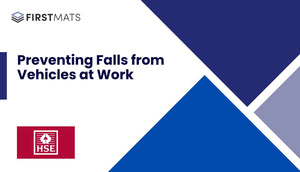Article Index:
Introduction
This article provides a quick guide to handling explosives in the context of metal recycling, based on the HSE (Health and Safety Executive) document INDG335 C200 02/02. This document covers the legal requirements and best practices for acquiring, keeping, and transporting explosives, especially as they pertain to the metal recycling industry. The original document can be found on the HSE website or ordered via HSE Books.
Legal Requirements
It is important to be aware that there are specific legal requirements for handling explosives. These requirements must be complied with if explosives come into your possession. For further guidance, you should seek advice from your local HSE office or call the HSE InfoLine.
Disposal of Explosives Waste
Explosives waste must be disposed of properly. Guidance on this can be found in the HSE document "Disposal of explosives waste Guidance Note CS23". This document can be ordered from HSE Books.
Handling and Storage of Airbags and Seatbelt Pre-tensioners
Garages and motor vehicle repair shops often deal with explosive products such as airbags and seatbelt pre-tensioners. Guidance on handling and storage of these items can be found in the HSE leaflet INDG280.
Transportation of Explosives
There are specific guidelines for the transportation of explosives by road. More information can be found in the HSE document HSG162 (Second edition).
Control of Substances Hazardous to Health Regulations 1999 (COSHH)
It's important to be aware of the COSHH regulations when dealing with explosives. More information can be found in the HSE leaflet INDG136(rev1).
Identifying Explosives
Explosive materials can take many forms, including powders, granules, solid lumps, liquids, or even items that look like plastic. Explosives may not be easily seen if they have seeped into small cracks or joints of items used for explosives manufacture.
Risks of Explosives
Explosives can be set off by heat, friction, shock, or static electricity. They can become easier to set off accidentally as they get older and deteriorate, or if they are contaminated with rust, grit, or other materials. Some explosives become more dangerous if they are wet - do not apply water to suspect items.
Conclusion
This quick guide provides an overview of the key points from the HSE document INDG335 C200 02/02 on handling explosives in the metal recycling industry. Always remember to follow the legal requirements and best practices, and seek further guidance from the HSE or local authorities if needed.


